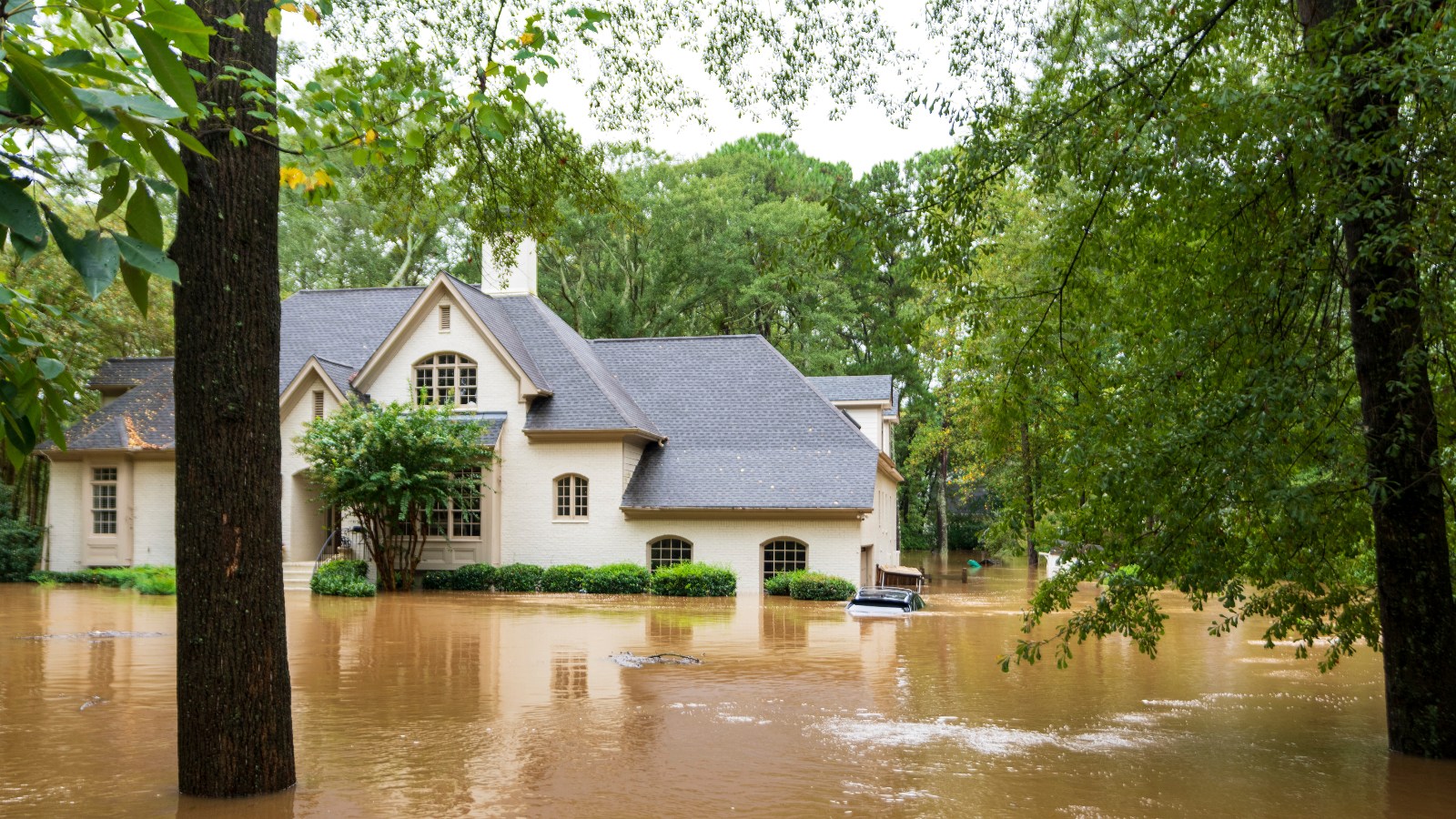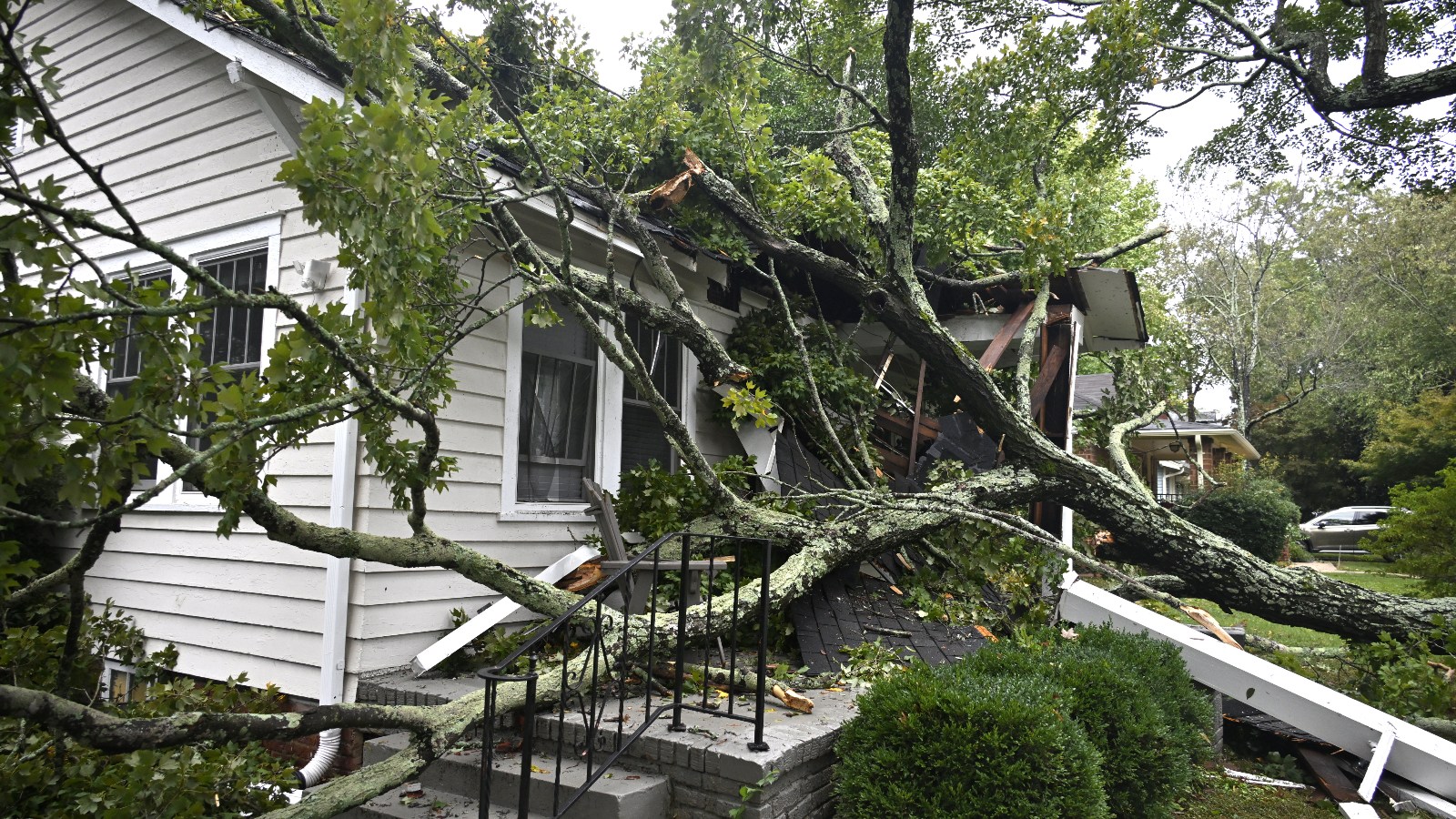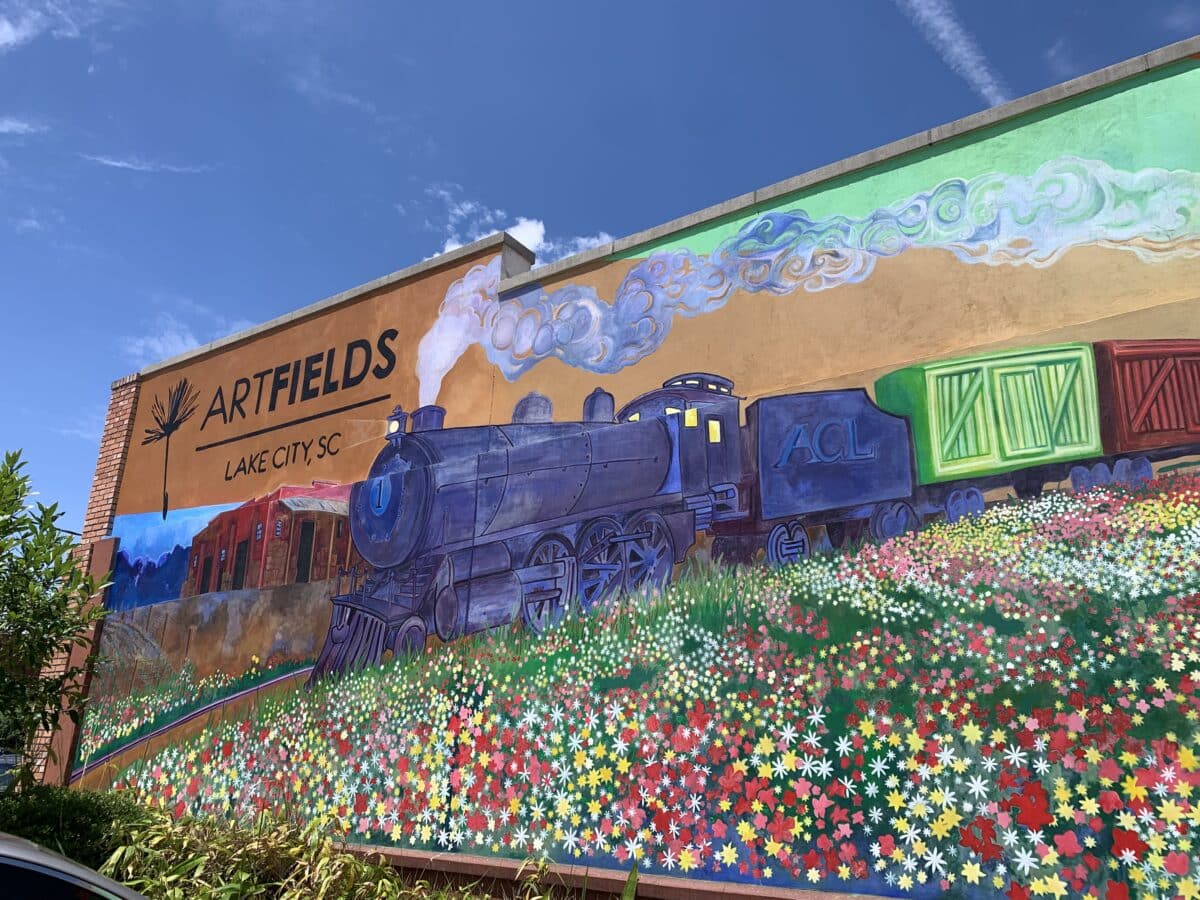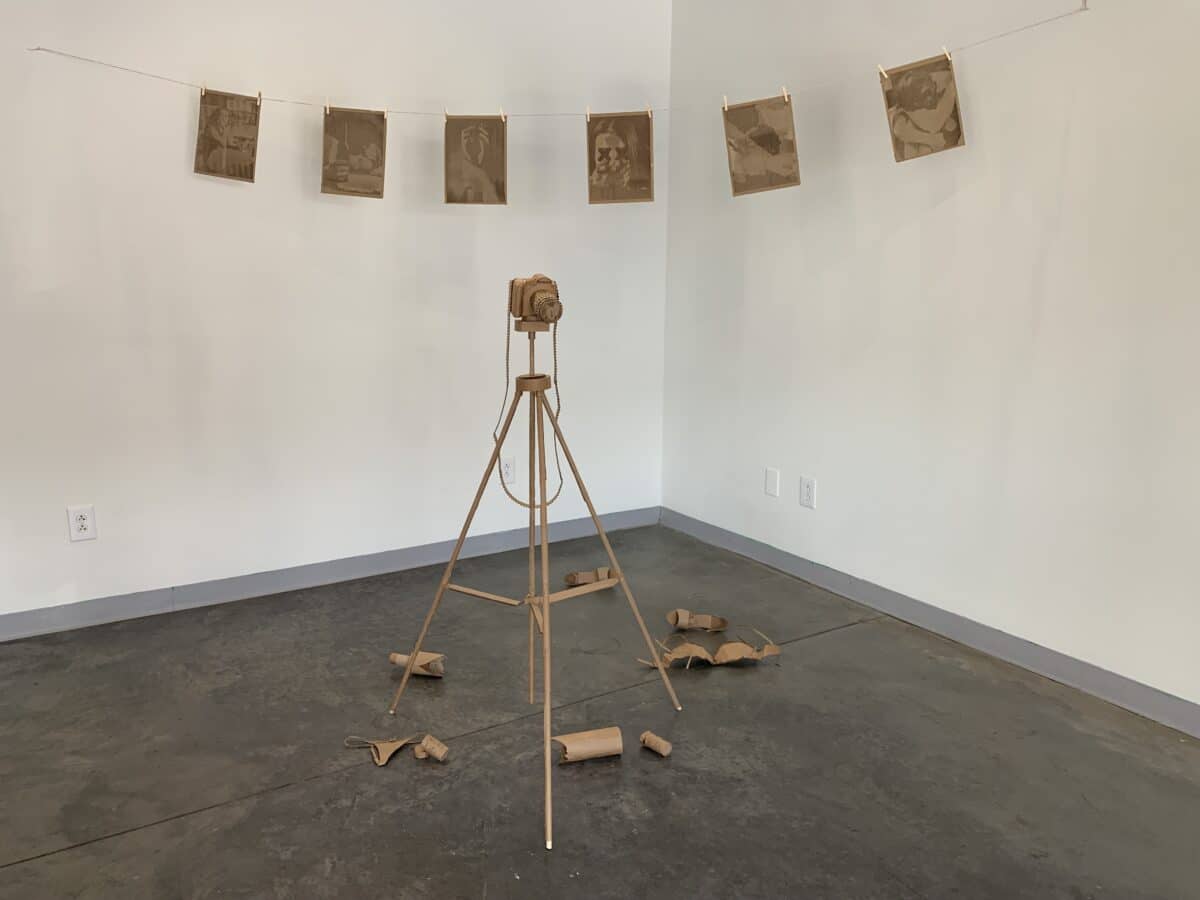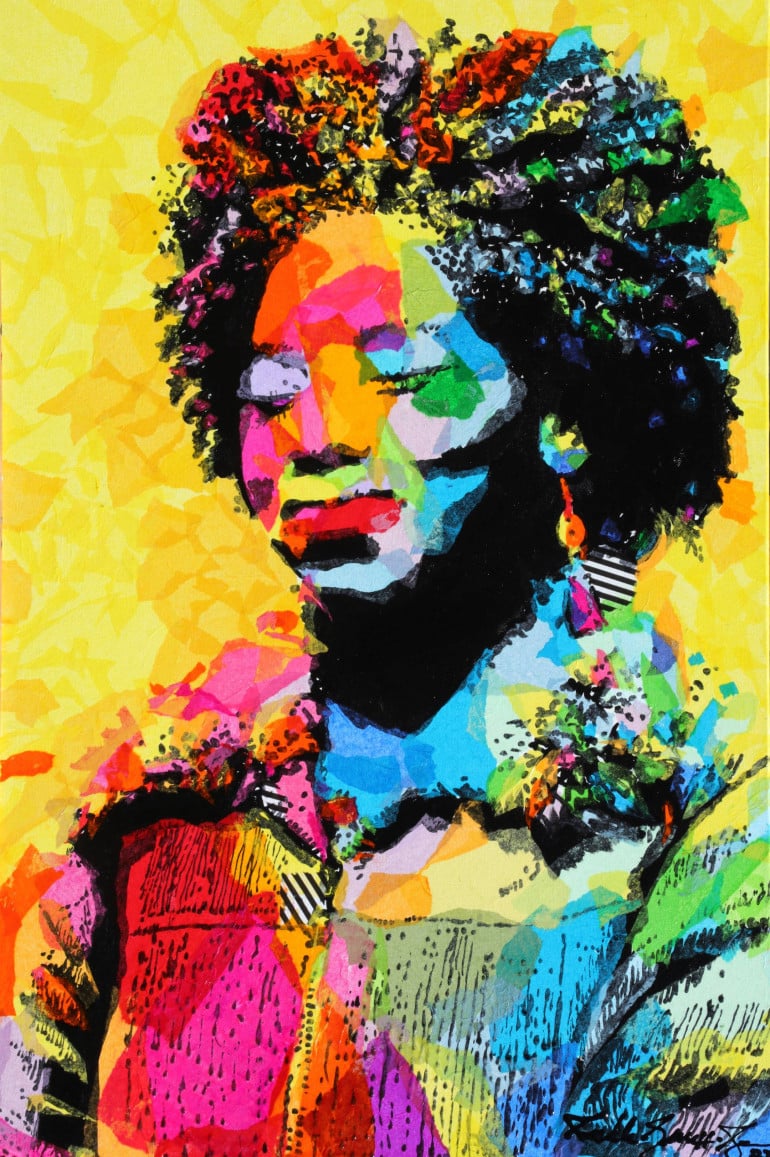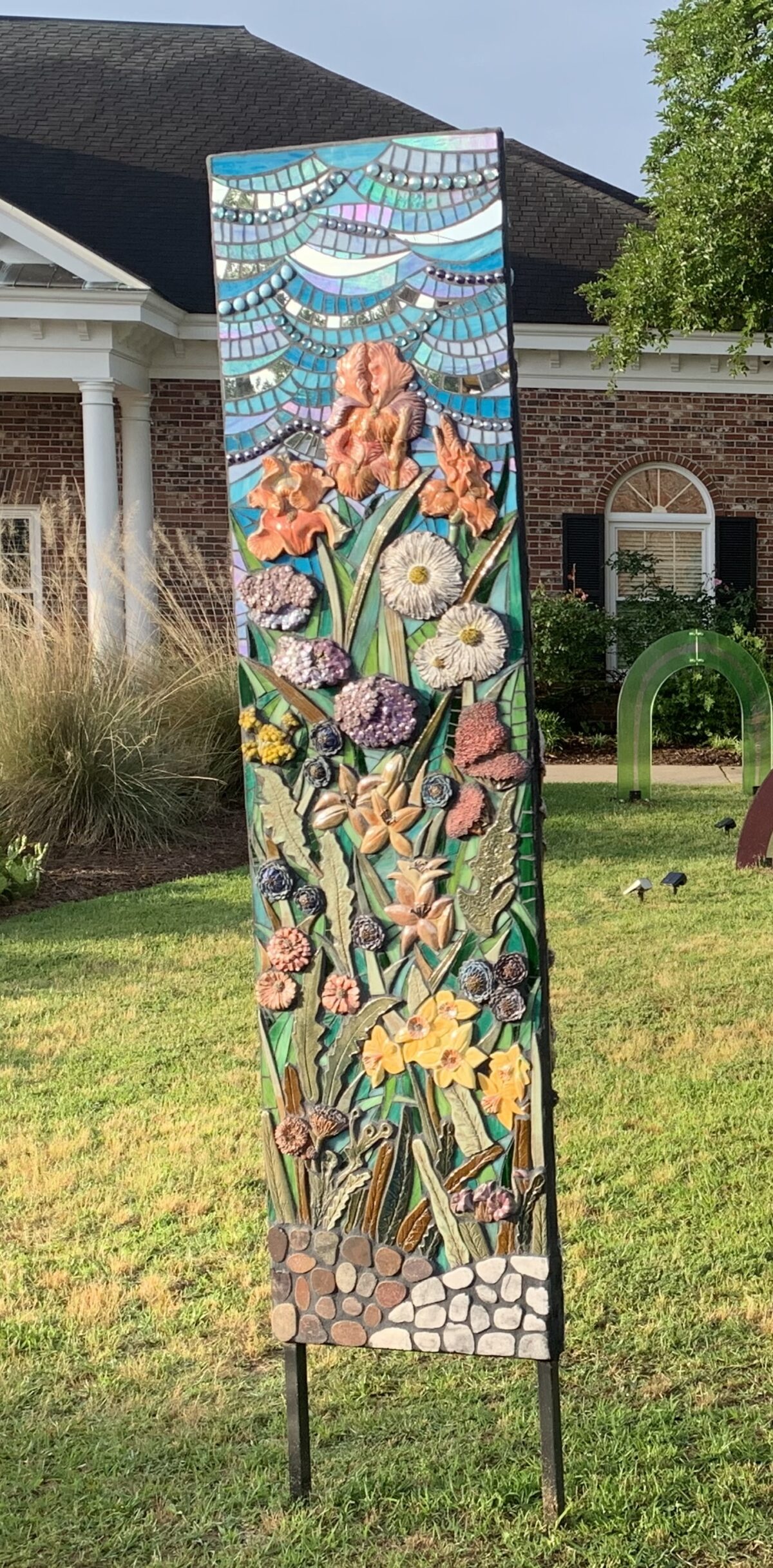Decades of USDA Racism Leave Black Farmers Fighting for Equality

Lloyd Wright has worked with 10 presidents since the early 1960s and seen how both Republicans and Democrats have failed to address Black farmers’ civil rights complaints and correct institutional racism within the United States Department of Agriculture.
“Many Black farmers refer to USDA as being the last plantation, and the reason for that is, is that it really doesn’t change much from one administration to another, and in all cases, it’s not very good for Black folk,” said Wright, a Virginia-based farmer and retiree who served with the USDA for more than three decades. “There have been some [administrations] better than others.”
He knows first-hand the discrimination Black farmers faced — and the need to rectify their claims. He worked in multiple divisions throughout the years and was the director of the Office of Civil Rights from 1997 to 1998. He came out of retirement to serve as a consultant during former President Barack Obama’s first administration.
As President Joe Biden’s term comes to a close, many Black farmers are bracing for another four years of stagnation on the issues that have long plagued them. Many argue that progress has been insufficient, with a lack of accountability for the secretary of agriculture and limited oversight of local systems that distribute federal funds.
This week, hundreds of Black farmers are gathering at the National Black Growers Council annual convening in Charleston, South Carolina, to provide resources and education to ensure Black farmers aren’t left behind. And with Inauguration Day steadily approaching on Jan. 20, the farmers have a lot to strategize over during this year’s convening.
Trump’s Cabinet picks have also raised eyebrows. Stephen Miller, who’s expected to be the president-elect’s deputy chief of staff for policy, successfully blocked the $4 billion debt relief geared toward Black farmers during Biden’s administration. Trump also nominated Brooke Rollins, the CEO of the right-wing think tank America First Policy Institute, as the next agriculture secretary. Rollins would manage agriculture and welfare programs, including food quality, the Supplemental Nutrition Assistance Program, and free school lunches, which have been vital for shrinking food insecurity and helping Black communities combat poverty.
Read More: Justice Has Been Delayed for Black Farmers, and They’re Looking to the Next President for Answers
Over the course of several administrations, Black farmers say the systemic problems they face — particularly within the USDA — have gone largely unaddressed. Under Trump’s previous tenure, there was little to no progress, with only 0.1% of emergency relief allocated to them. With the prospect of continued inaction, many fear that discrimination and unequal treatment at the USDA will persist for years to come.

In addition to Trump being back in the White House, Wright’s biggest concern is a narrow Republican majority in the House and three-seat majority in the Senate, and what legislation will be enacted to help, or hurt, farmers.
“For Black farmers, things that weren’t good before won’t get any better, but they may not get worse,” Wright told Capital B.
He added: “It is not the fact that we’re going to have Trump in, it’s the fact that we lost the House and the Senate. It may be more difficult to get things into appropriation bills.”
What did the Trump administration do for Black farmers?
While Trump promised to “end the war on the American farmer,” his mission excluded farmers of color. Through his $22 billion Market Facilitation Program, which was designed to help farmers directly affected by foreign tariffs from China, nearly 100% of the bailout payments benefited white farmers, with an overwhelming majority going to those who are upper-middle class and wealthy.
At the time, Sonny Perdue — the former Georgia governor who passed a tax bill to save his business and purchased land from a developer who he appointed to the state’s economic development board — served as the agriculture secretary. The program lacked oversight, failing to make sure the money went to farmers in need, according to the Government Accountability Office. The USDA’s internal auditors found the agency misspent more than $800 million, which included ineligible farms.
Farmers continued to feel the stronghold of the Trump administration even after he left office.
Only months into Biden’s term, he passed the American Rescue Plan Act, which included a $4 billion debt relief program for farmers of color. However, they never got to see the relief. America First Legal — founded by Trump’s former adviser Miller — sued the USDA on behalf of Texas Agriculture Commissioner Sid Miller for excluding white people from the relief. Banks also fought back against the program.
As a result, it fell through.
Trump also considered Sid Miller as the next secretary of Agriculture for the USDA. Ultimately, he nominated Rollins, who would be only the second woman to serve in this position.
Read More: Racial Discrimination Lawsuit Against Federal Debt Relief Program Dismissed
Wright suspects things will only get worse, especially on the local level with the county committees and with the civil rights division. For years, the Office of Civil Rights, of which Wright once served as director, has been in disarray. If a local county committee discriminates against Black farmers and they submit a complaint, “it’s not going anywhere because they don’t process them,” he said.
“You don’t have to hit us in the eyes every day to get our attention when it’s very clear in our history that, given enough time, folk will figure out how not to do something that’s designed to help Black folk,” Wright added.

Whether you’re a Democrat or Republican, it’s imperative that the next administration provides assistance to farmers because right now it’s stressful to be a Black farmer, said Julius Tillery, a fifth-generation cotton farmer in North Carolina who operates BlackCotton.
“It’s a tough time. We’re having a rough year as well, but I think we could be able to make it through this year,” Tillery said. “We’ve been through worse, so let’s make the best of what’s coming next.”
Why are Black farmers disappointed in Biden?
Though Trump hadn’t done much for Black farmers, in Wright’s eyes, Biden and Vice President Kamala Harris hadn’t done much better. He pointed to Biden’s appointment of Tom Vilsack as secretary of agriculture. He previously served two terms under Obama. During that time, Vilsack failed to address outstanding civil rights complaints and staked a claim that he helped increase the number of Black farmers and reduced funding disparities, which was inaccurate.
“I’m sure if Vilsack stayed secretary of agriculture and if the Congress had stayed Democrat, things wouldn’t have been great, but it would have been better,” said Wright.
Under Vilsack’s leadership, USDA employees foreclosed on Black farmers at a higher rate than on any other racial group between 2006 and 2016. The department approved fewer loans for Black farmers than under President Bush, and “then used census data in misleading ways to burnish its record on civil rights,” according to an investigation by The Counter.
Also, Vilsack also played a role in the resignation of Shirley Sherrod, former Georgia state director of rural development for the USDA, whose remarks at an NAACP event were taken out of context. Though Vilsack later apologized and offered her another position, she declined.
“To be honest with you, [the USDA] will continue to dismantle and be as dysfunctional as it relates to Blacks [under Trump], as was done under the Democrats — with the Clinton administration being the exception. And whereas Obama probably meant well, he gave us a secretary who was not very sensitive at all to Black issues,” Wright said.
These are a few of many reasons why Wright and others are relieved Vilsack won’t serve again.
Lawrence Lucas, a longtime advocate of Black farmers and president of the USDA Coalition of Minority Employees, said he expects to see a “quick abundance of class actions” during the Trump administration filed against the USDA because of the failures of the current administration, such as the backlog of civil rights complaints that haven’t been addressed.
“I talked to farmers who are concerned about what’s going to happen next, and they are very pessimistic about the Trump administration helping them, but they’ve also been very disappointed with the Biden administration and the way they handle civil rights at USDA,” Lucas added. “It’s very shameful that much of the expectations we had going into a Biden administration has been very disappointing.”
Despite the criticism of Biden, he did a “decent job” of trying to get assistance to underserved farmers, which include Black folks who were locked out of resources during the Trump administration, said DeShawn Blanding, senior Washington representative for the Food and Environment Program at the Union of Concerned Scientists.
Blanding pointed to the Inflation Reduction Act’s $2.2 billion Discrimination Financial Assistance Program for distressed borrowers who experienced discrimination in USDA farm loan programs prior to 2021. Rather than implement the $4 billion debt relief, Congress approved this new initiative. About 43,000 farmers, ranchers, and forest landowners received funds from the DFAP in July. U.S. Sen. J.D. Vance of Ohio, the vice president-elect, suggested in August the program is racist against white farmers.
Farmer Dewayne Goldmon, also the senior adviser for racial equity to the Secretary of Agriculture, acknowledged the hardships farmers face today. The cost of production is exceeding revenue and because of input costs and lower commodity prices, it’s difficult to have cash flow, he said.
“You might have heard the expression when white farmers get a cold, Black farmers get pneumonia? Those who are struggling the most tend to be more deeply impacted,” he added.
Goldmon emphasized the changes the Biden administration has made, ranging from supporting the Equity Commission and 1890 land grant institutions to shortening loan applications and removing bias from the lending process. The Department of Agriculture must continue to partner with community-based organizations and universities and build on the work of the previous administration to ensure equity, said Goldmon, who has been farming for 27 years.
“The situation that the Biden-Harris administration, that Secretary Vilsack inherited, didn’t come in one or 10 years,” he added. “When discrimination rears its legs ahead, then the discrimination suffered by previous generations has to be overcome by current and future generations, and that’s going to continue. Folks are just going to have to get accustomed to advocating to bring it forward — creative and effective solutions to deal with prior discrimination.”
How are Black farmers preparing for the future?
Some farmers told Capital B they are in need of emergency support now, and no matter who is in office, they still fear they won’t get the adequate support they need, said Charles Madlock, an urban farmer in New York. As a result, some may be forced to shut down their farms in the near future.
So, what is the way forward?
Madlock, who started his journey in 2022, decided to turn from farming to advocacy when he learned about the challenges small farmers face to access resources and markets. Also, because he had a prior drug conviction, he was ineligible to receive any resources from USDA for up to five years.
The 40-year-old says he isn’t sure what policies will be passed or implemented under another Trump administration, but his focus is educating a new generation of Black farmers as well as Black communities.
“If they really want to recruit Black farmers … you can kill somebody and you still get funding. You can rob a bank and still get funding, but anything that’s associated with drugs, you can’t get federal funding. And funding is a barrier that will prevent Black people from becoming new farmers,” he said. “I could either try to become a farmer and take on farming full time, or I can try to educate my community and build more Black farmers because that’s kind of sort of really what we need within our community.”
Blanding and the Union of Concerned Scientists are “ready for a rapid response to keep this administration accountable and try and make it transparent about what they’re doing, and also holding Congress accountable to the policies that they put forward.”
“We’ve seen what a Trump 1.0 administration looks like. We’re cautious of what a 2.0 will look like … we’re trying to encourage Biden to institutionalize and preserve the work they’ve done … and that’s really our focus from now until January.”
The post Decades of USDA Racism Leave Black Farmers Fighting for Equality appeared first on Capital B News.


